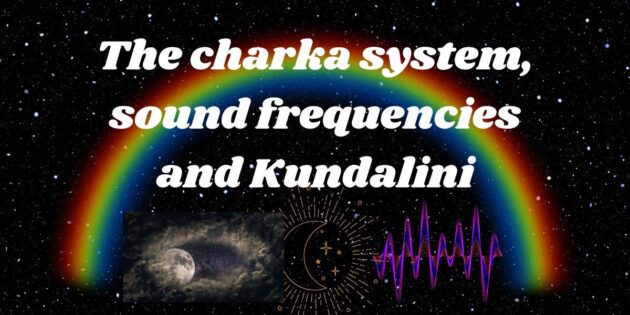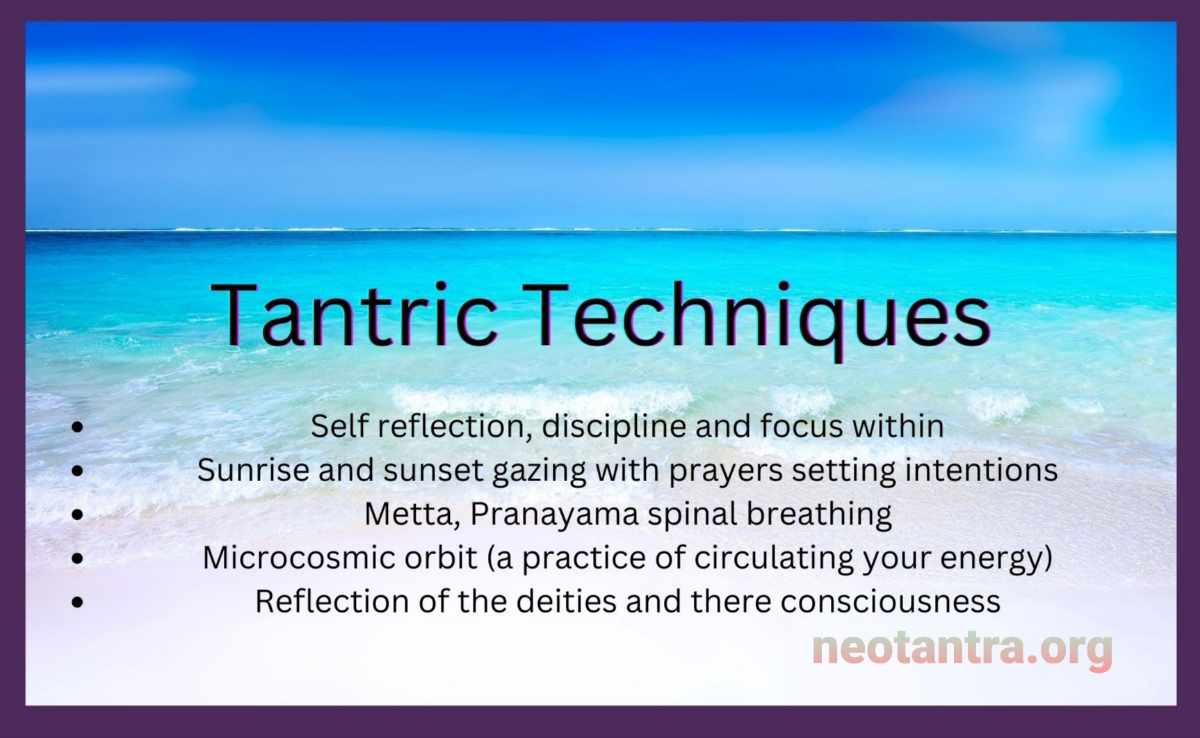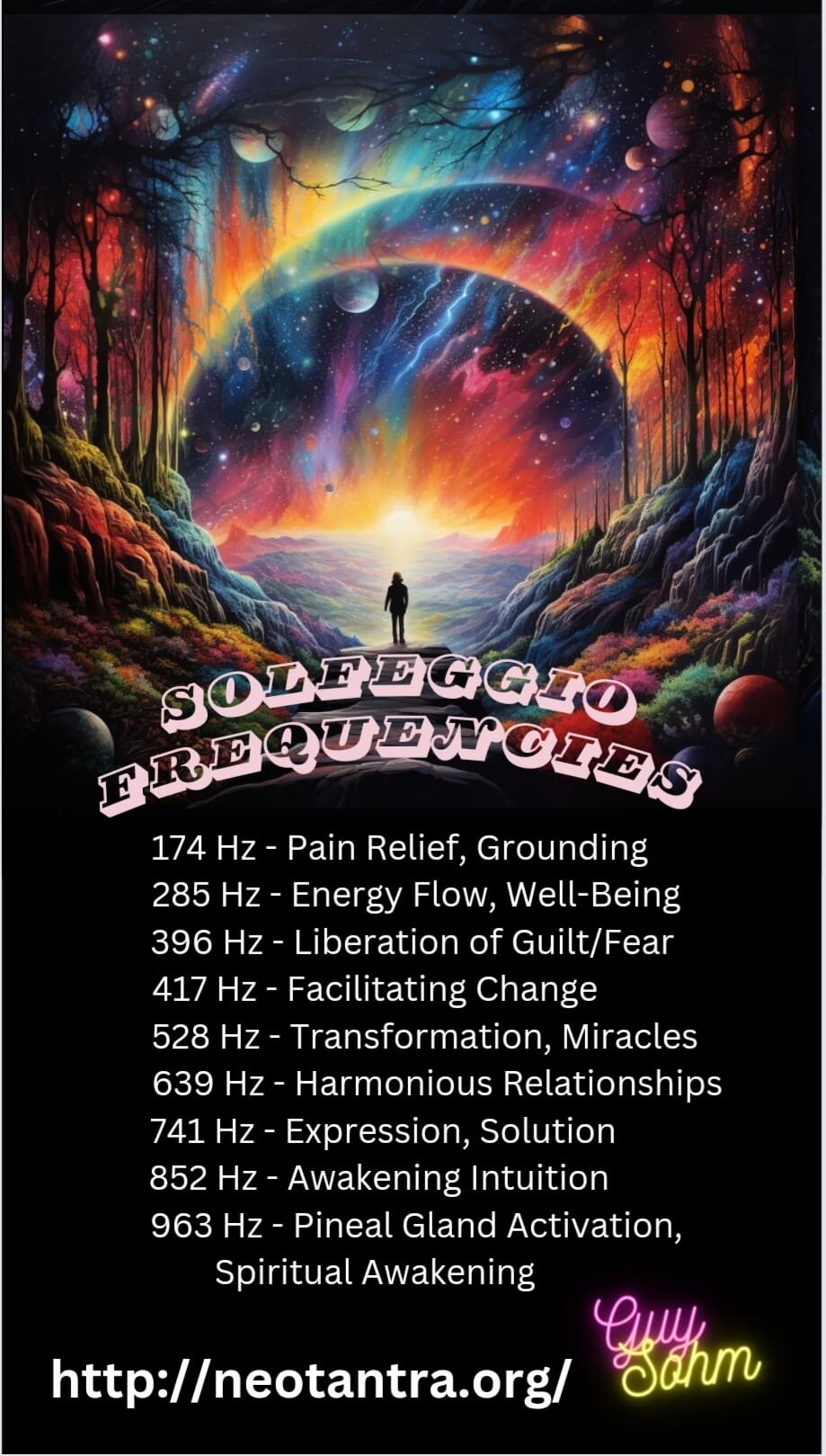The concept of chakras is closely related to the use of sound and vibration for healing. Chakras are energy centers located throughout the body that are believed to be connected to different aspects of physical, emotional, and spiritual well-being. One belief is that there are seven main chakras, each of which is associated with a specific color, sound, and vibration.
Sound healing can be used to stimulate and balance the chakras by using specific frequencies and tones that resonate with each energy center. Each chakra is believed to have a corresponding sound or musical note, which can be used to activate and balance the energy flow in that area of the body.
Here’s an uplifting frequency of some classic songs for you…
And then…
Luna deep : We feel by the moon
soundcloud.com/freakyfunky11/we-feel-by-the-moon
Here are the seven main chakras and their associated sounds and colors:
- Root chakra (Muladhara): This chakra is located at the base of the spine and is associated with the color red. The sound for this chakra is “Lam.” It is believed to be connected to the physical body and the earth, and is associated with feelings of safety and security.
- Sacral chakra (Svadhisthana): This chakra is located in the lower abdomen and is associated with the color orange. The sound for this chakra is “Vam.” It is believed to be connected to emotions and creativity, and is associated with feelings of pleasure and sensuality.
- Solar plexus chakra (Manipura): This chakra is located in the upper abdomen and is associated with the color yellow. The sound for this chakra is “Ram.” It is believed to be connected to personal power and self-esteem, and is associated with feelings of confidence and empowerment.
- Heart chakra (Anahata): This chakra is located in the center of the chest and is associated with the color green. The sound for this chakra is “Yam.” It is believed to be connected to love and compassion, and is associated with feelings of connection and openness.
- Throat chakra (Vishuddha): This chakra is located in the throat and is associated with the color blue. The sound for this chakra is “Ham.” It is believed to be connected to communication and self-expression, and is associated with feelings of authenticity and clarity.
- Third eye chakra (Ajna): This chakra is located in the forehead and is associated with the color indigo. The sound for this chakra is “Om” or “Aum.” It is believed to be connected to intuition and spiritual awareness, and is associated with feelings of insight and understanding.
- Crown chakra (Sahasrara): This chakra is located at the top of the head and is associated with the color violet or white. The sound for this chakra is silence. It is believed to be connected to spiritual connection and enlightenment, and is associated with feelings of peace and harmony.
- Using sound and vibration to balance the chakras can help promote physical, emotional, and spiritual well-being. By stimulating each chakra with its corresponding sound or frequency, the body’s natural energy flow can be restored and imbalances can be corrected. However, depending upon your situation it can be important to work with a qualified practitioner.
- Once our chakras are open and in alignment and brain hemispheres are balanced, we have achieved peace of mind and heart centered awareness then you may start working with awakening your kundalini. But care is very recommended as this energy can cause havoc.
Read: Kundalini Tantra by Swami Satyananda Saraswati
Incredible book on Kundalini
Kundalini cautious
-
While Kundalini awakening can be a transformative and life-changing experience, it is important to approach it with caution and preparation. Kundalini energy can be extremely powerful, and its awakening can sometimes lead to physical, emotional, and psychological challenges.
It is important to work with an experienced teacher or practitioner who can guide you safely through the process of Kundalini awakening. This may include specific practices, such as energy work or meditation, as well as guidance on how to deal with any challenges or difficulties that may arise.
It is also important to be mindful of any underlying medical or psychological conditions that may be exacerbated by Kundalini awakening. If you have a history of mental health issues or are taking medication for a medical condition, it is recommended that you consult with a healthcare professional before beginning any Kundalini practices.
Overall, while Kundalini awakening can be a powerful and transformative experience, it is important to approach it with caution, preparation, and guidance from an experienced practitioner or teacher.
What is Kundalini
Kundalini, a potent force lying dormant at the base of the spine, holds immense transformative power for spiritual awakening. The energy can be awakened through various methods, including meditation, yoga, energy healing, spiritual experiences, connection with nature and the elements, and self-inquiry.
Kundalini yoga is specifically designed to awaken this energy through a combination of physical postures, breathwork, and meditation. Energy healing practices, such as Reiki, acupuncture, and sound healing, work to release energetic blockages, allowing the Kundalini energy to flow.
Kundalini awakening is a profound and challenging process that can trigger the release of repressed emotions and past traumas. Seeking guidance from an experienced teacher or practitioner is highly recommended to ensure a safe and transformative experience.
Kundalini is a powerful energy that lies dormant at the base of the spine, and when awakened, it can bring profound transformation and spiritual awakening. Here are some ways that Kundalini can awaken:
- Meditation: Kundalini can awaken through various forms of meditation, including breathwork, mantra meditation, and visualization. These practices can help to calm the mind and awaken the Kundalini energy, allowing it to rise through the chakras.
- Yoga: Yoga is a powerful tool for awakening Kundalini energy, as it combines physical postures, breathwork, and meditation. Kundalini yoga, in particular, is a specific form of yoga designed to awaken the Kundalini energy.
- Energy Healing: Energy healing practices such as Reiki, acupuncture, and sound healing can also help to awaken Kundalini energy. These practices work to clear energetic blockages in the body, allowing the Kundalini energy to flow freely.
- Spiritual Awakening: Kundalini energy can also awaken spontaneously as a result of a spiritual awakening or intense spiritual experience. This can be a transformative and sometimes challenging process, as the Kundalini energy can bring up repressed emotions and past traumas.
- Nature and the Elements: Spending time in nature and connecting with the elements can also help to awaken Kundalini energy. Walking barefoot on the earth, swimming in water, and feeling the warmth of the sun can all help to awaken the energy within.
- Self-Inquiry and Introspection: Kundalini awakening can also be triggered by self-inquiry and introspection. By asking deep questions about the nature of reality and our place in the universe, we can awaken the Kundalini energy and experience a shift in consciousness.
It is important to note that Kundalini awakening can be a powerful and sometimes challenging process, and it is recommended to seek the guidance of an experienced teacher or practitioner. With proper guidance and preparation, however, Kundalini awakening can be a transformative and life-changing experience. There are certain frequencies that are believed to help awaken Kundalini energy, and these are often used in sound healing practices and meditation. Here are some of the frequencies that are commonly associated with Kundalini awakening:
- 432 Hz: This is often called the “miracle frequency” and is believed to resonate with the natural frequency of the universe. It is said to help balance the energy centers in the body and activate the Kundalini energy.
- 528 Hz: This frequency is associated with healing and transformation and is believed to help activate the Kundalini energy and awaken spiritual awareness.
- 639 Hz: This frequency is said to help open the heart chakra and promote emotional healing, which can be important in the process of Kundalini awakening.
- 741 Hz: This frequency is associated with the throat chakra and is believed to help promote communication and self-expression, which can be important in the process of Kundalini awakening.
- 852 Hz: This frequency is associated with the third eye chakra and is believed to help activate intuition and spiritual awareness, which can be important in the process of Kundalini awakening.
- 963 Hz: This frequency is associated with the crown chakra and is believed to help activate higher states of consciousness and spiritual awakening, which are often associated with Kundalini awakening.
It is important to note that while these frequencies may be helpful in activating Kundalini energy, they should not be used in isolation and should be combined with other practices such as meditation, yoga, and energy work. It is also important to work with an experienced practitioner or teacher who can guide you through the process of Kundalini awakening safely and effectively.



